dialogue
studentwise: Wind Wins
Engineering this wind energy source might someday help communities in rural and hard-to-access environments. Josh Vandervelde ’23 and Jacob Sherman ’25, under the guidance of I.V. Williamson Professor of Engineering Carr Everbach, advanced a multi-year effort to design, develop, and deploy an original Airborne Wind Energy (AWE) system to further research into this novel renewable energy sector.
by Ryan Dougherty
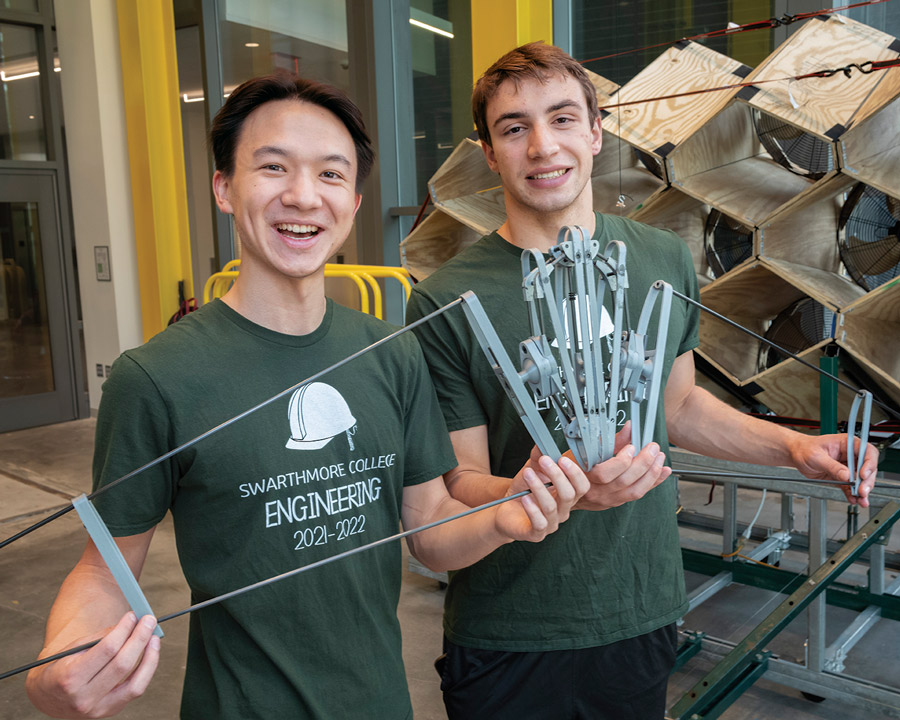
laurence kesterson
Josh Vandervelde ’23 (left) and Jacob Sherman ’25 advanced a multi-year effort to design, develop, and deploy an original Airborne Wind Energy system.
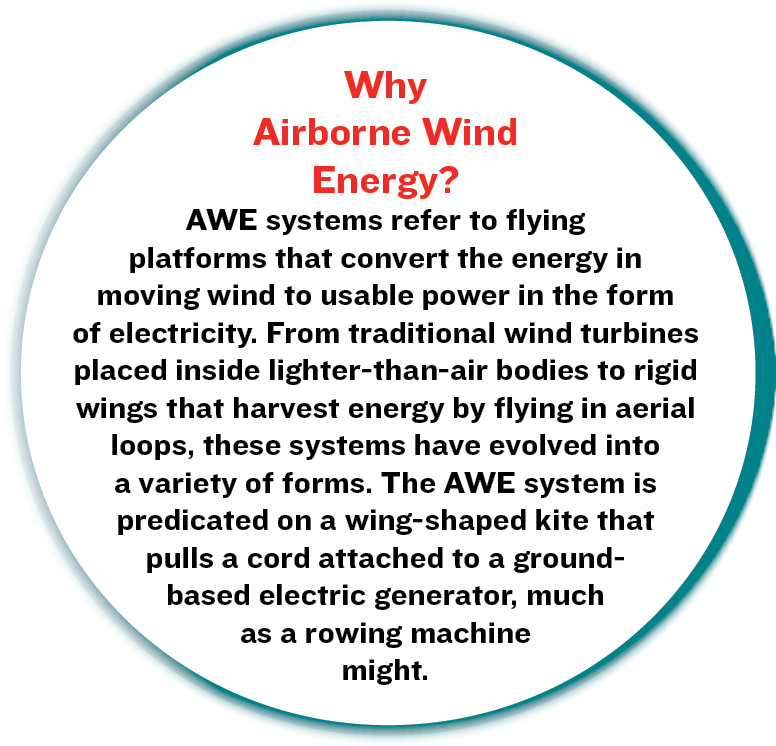
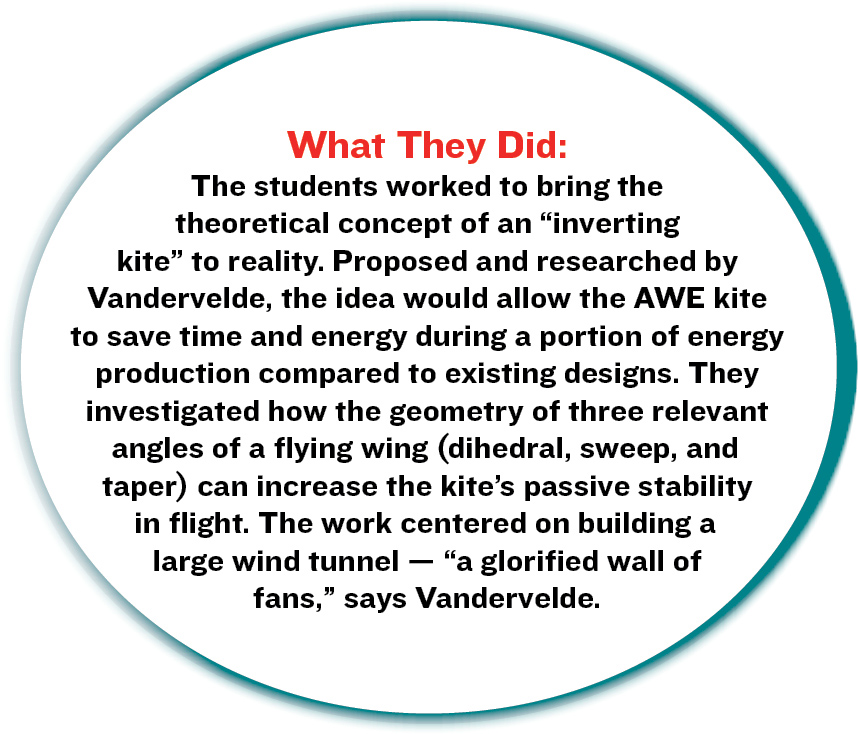
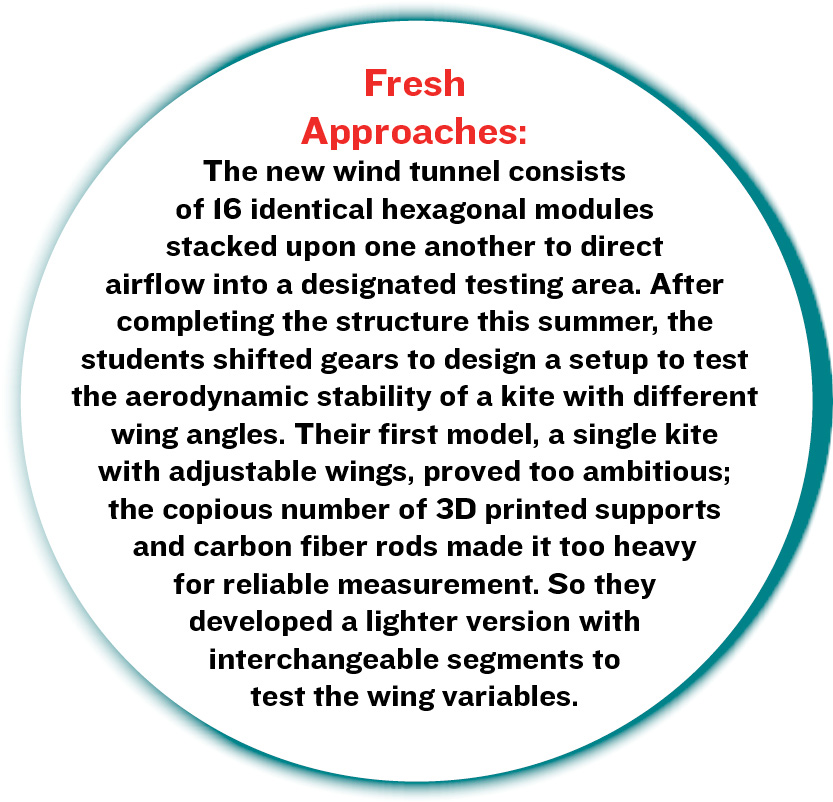
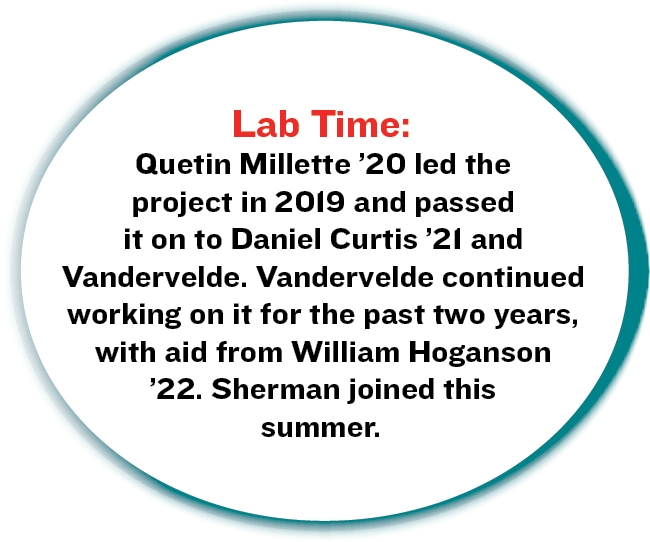
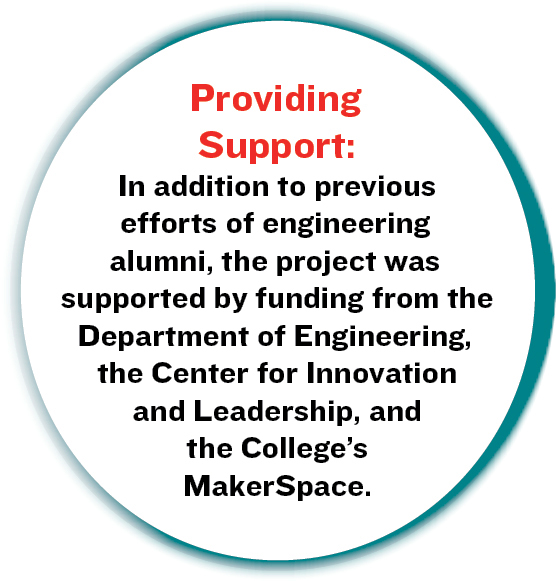
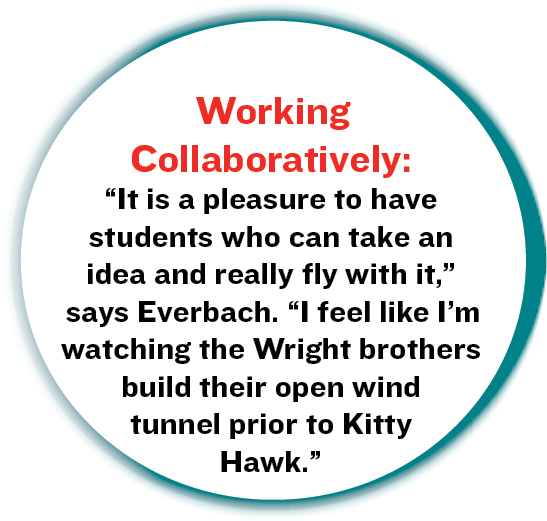
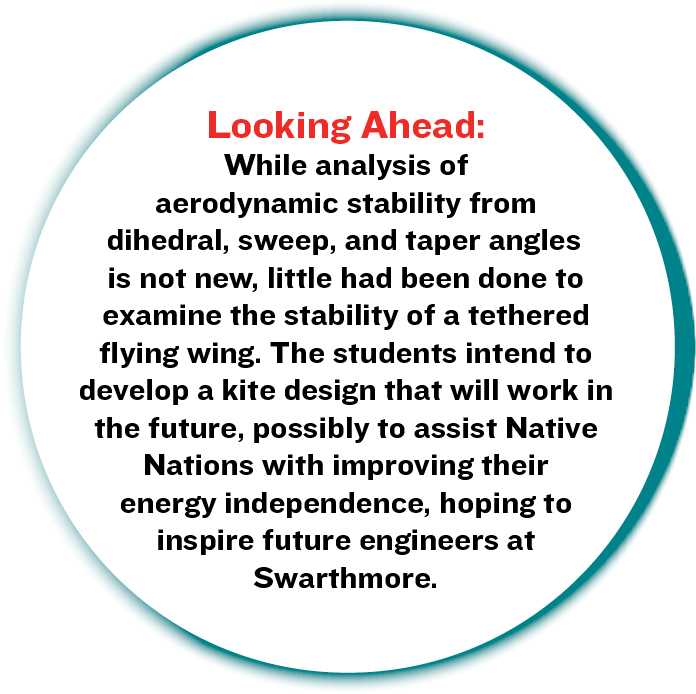
studentwise: Wind Wins
Engineering this wind energy source might someday help communities in rural and hard-to-access environments. Josh Vandervelde ’23 and Jacob Sherman ’25, under the guidance of I.V. Williamson Professor of Engineering Carr Everbach, advanced a multi-year effort to design, develop, and deploy an original Airborne Wind Energy (AWE) system to further research into this novel renewable energy sector.
by Ryan Dougherty

laurence kesterson
Josh Vandervelde ’23 (left) and Jacob Sherman ’25 advanced a multi-year effort to design, develop, and deploy an original Airborne Wind Energy system.






